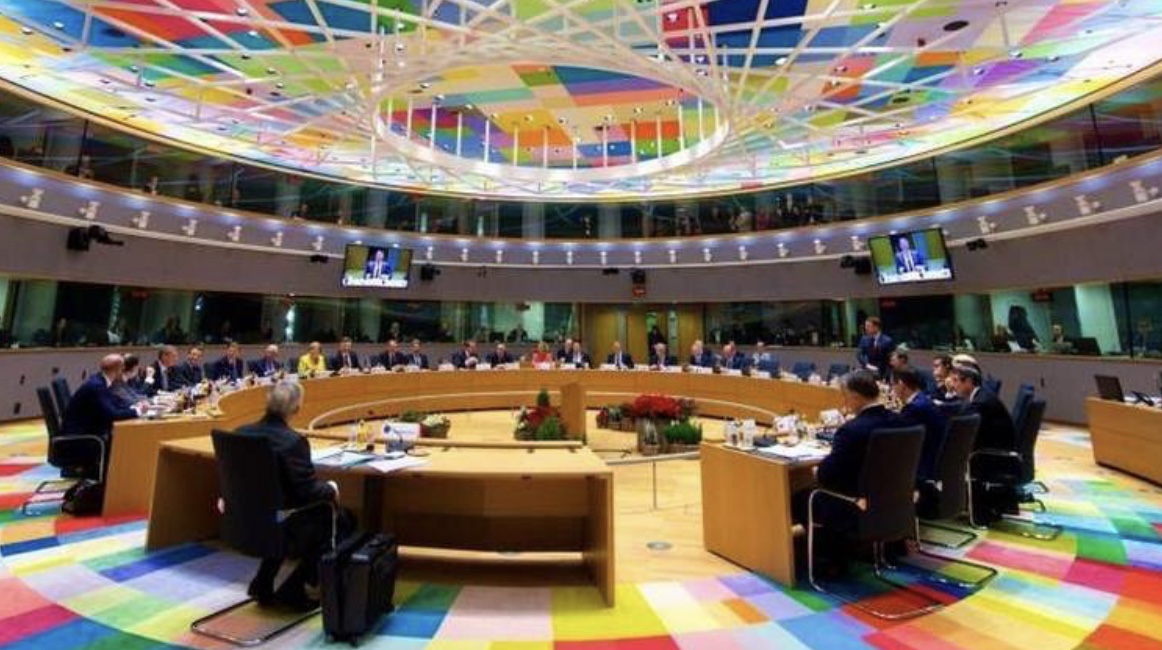A revolutionary legislative proposal presented yesterday by the EU Commissioner for the Economy Paolo Gentiloni and the vice president of the EU Commission Valdis Dombrovskis. The proposal concerns the new rules for a new community stability pact more responsive to the changing economic situation of recent times following the pandemic wave and the ongoing war in the middle of Europe.
There are two key objectives: to make the debt reduction process more gradual, for high-debt countries, and to make it possible to increase investments and policies for growth.
Subscribe to our newsletter!
Now the ball passes to the various EU countries for domestic assessments to then open the debate within the European Parliament. Now it's a matter of time, the new benchmarks need to be changed as soon as possible because the stability pact, suspended due to Covid, will be reactivated in January 2024.
Tomorrow in Stockholm a first meeting of the Eurogroup. One of the nodes that leads up the road of sharing economic intentions is Italy's failure to ratify the European stability mechanism, Better known as Month. Rome wants to transform this economic safeguard instrument into a driving force for growth and not as a means of debt assistance only on some issues such as health.
Dombrovskis He highlighted that a careful balance has been struck in the proposal by giving countries greater flexibility and ownership of their medium-term fiscal targets, while at the same time safeguards have been put in place to ensure transparency and equal treatment. The vice president of the EU Commission underlined that it cannot be melina, it cannot be postponed, the member states will not be able to postpone the tax adjustments to a later date. The rule that required states to lower the deficit to 60% at a rate of one twentieth a year will be cancelled. Now the individual national plans will establish the reduction.
EU countries will be called upon to negotiate with the Commission medium-term national budgetary structural plans in which governments outline their budgetary objectives, measures to address macroeconomic imbalances, reforms and priority investments for a period of at least four years which can be extended to seven years if supported by safe and well-identified reforms and investments. These plans will be assessed by the Commission and then approved by the Council.
La Germany it immediately got in the way, demanding clear adjustments to transform the Commission's proposal into truly reliable, transparent and binding rules. L'Holland welcomed the proposal explaining that it must lead to a reduction of public debts and ensure equal treatment.
Our Minister of Economy Giorgetti he reiterated that the Italian line provides for the exclusion of investment expenses, including those typical of the digital Pnrr and green deal, from the calculation of the target expenses on which compliance with the parameters is measured. To date, the minister points out, the Italian idea has not been implemented because the Commission, with the new proposal, has created more budgetary space by inexorably lengthening the repayment times of the debt.
